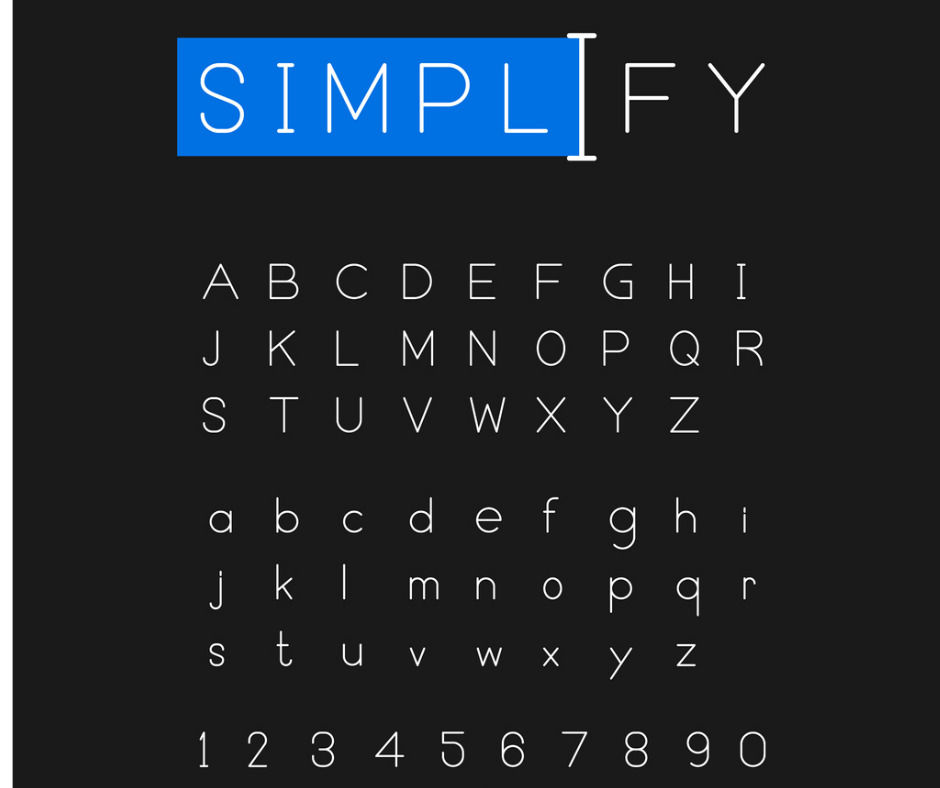- Startseite -
- Digital Bavaria -
- Blog #bytevaria - A ghoulishly beautiful tradition: “Rauhnacht”in Bavaria
A ghoulishly beautiful tradition: “Rauhnacht”in Bavaria
Tradition is very important in Bavaria. The first thing many people will think of is the old-fashioned costumes that the Bavarians and their guests wear every year at Oktoberfest. But the old tradition of Rauhnacht, kept alive in Lower Bavaria in particular, shows a very different side.
The tradition is first documented in 1725, and has been growing in popularity again since the 1980s.
Depending on interpretation, Rauhnacht is the days between the winter solstice on 21st December or Christmas and Epiphany on 6th January. According to tradition, during this time, the souls of the deceased and the devil create mischief on Earth. To protect against the evil spirits, people smoked out their houses with incense, cleansing them of evil. This is the origin of the name Rauhnacht – night of smoke (Rauch). But there is another possible explanation. The word may also come from the rough (rau), hairy demons, dressed in animal skins, who keep people awake.
Masked spectacle
But that is not all. Dressed in ghostly costumes, the villagers proceeded to drive out the spirits with noise and their ghoulish appearance. Today, the evil spirits are no longer driven out every day. Instead, it has become common to indulge in this creepy spectacle on just a few evenings. Clubs usually make meticulous preparations for the “Perchten” processions to drive out the troublemakers. The hand-made masks and costumes are often the result of many hours of hard and detailed work.
It is not unfair to say that the tradition is very reminiscent of Halloween in America – and they have something else in common, too. On Rauhnacht it is also common for children to go from house to house, asking for a small gift. In the past they received doughnuts, but today it is more likely to be sweets, like at Halloween. Anyone who wants to get involved in the tradition the old-fashioned way can bake Rauhnacht noodles from the original recipe.
Onlookers can enjoy Rauhnacht in all its forms live and in colour all over Lower Bavaria. For example in Waldkirchen, where they still sing the traditional Rauhnacht song:
Heid is d' Rauhnacht, wer hods aufbracht-
a oida Mo is iwa Stiagn owa krocha-
hod se Bial und Boal o'brocha
Kropfa heraus, Kropfa heraus-
oder mia stechan a Loch ins Haus!
Parts of the Rauhnacht tradition have also been maintained in other areas of Germany. The popular fireworks at New Year also have their origins in the Perchten processions, using lots of noise to drive out the demons.

From hydrogen to chip design – how cross-industry innovation creates business opportunities for foreign investors in Bavaria

How a passion can transform into a successful business

![[Translate to English:] [Translate to English:]](https://ik.imagekit.io/sgliwi1izsz/_processed_/d/2/csm__C7A6516_958501c6cc.jpg?tr=w-1024 1024w, https://ik.imagekit.io/sgliwi1izsz/_processed_/d/2/csm__C7A6516_958501c6cc.jpg?tr=w-1280 1280w, https://ik.imagekit.io/sgliwi1izsz/_processed_/d/2/csm__C7A6516_958501c6cc.jpg?tr=w-1536 1536w, https://ik.imagekit.io/sgliwi1izsz/_processed_/d/2/csm__C7A6516_958501c6cc.jpg?tr=w-1920 1920w)